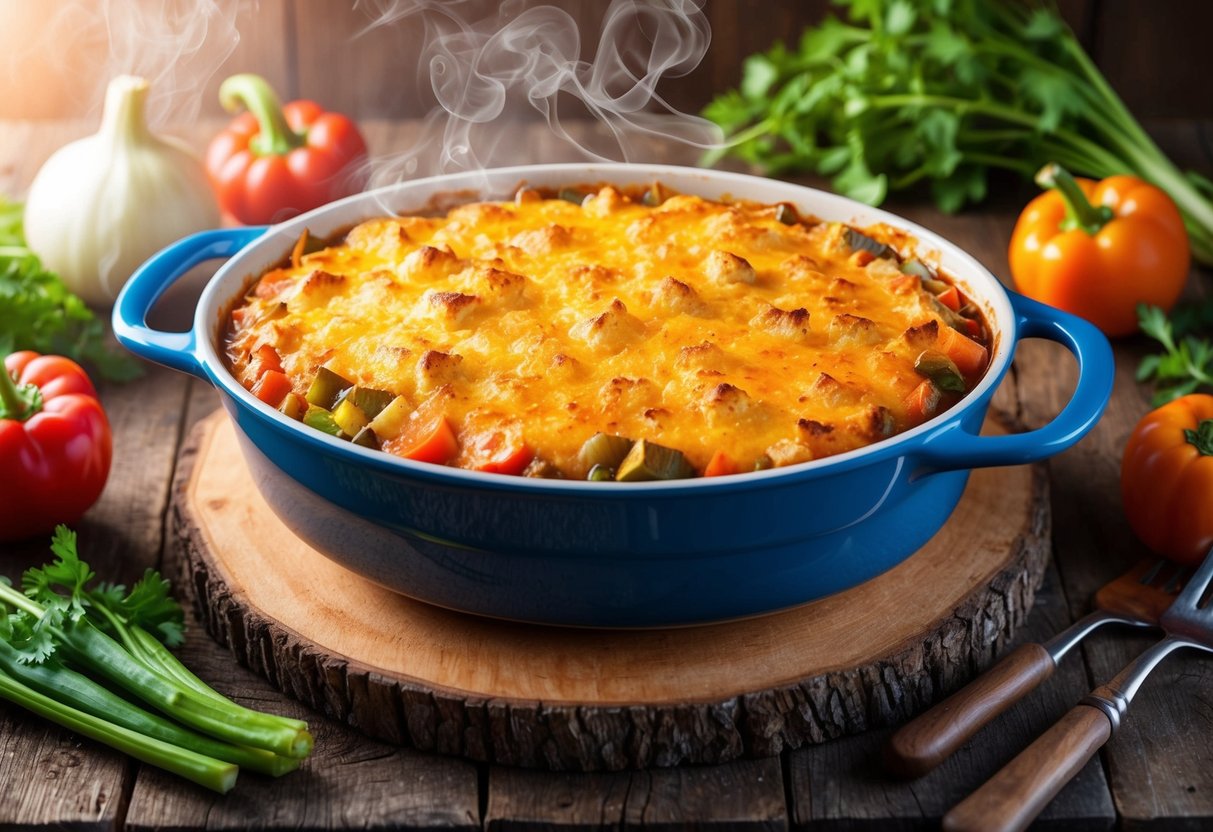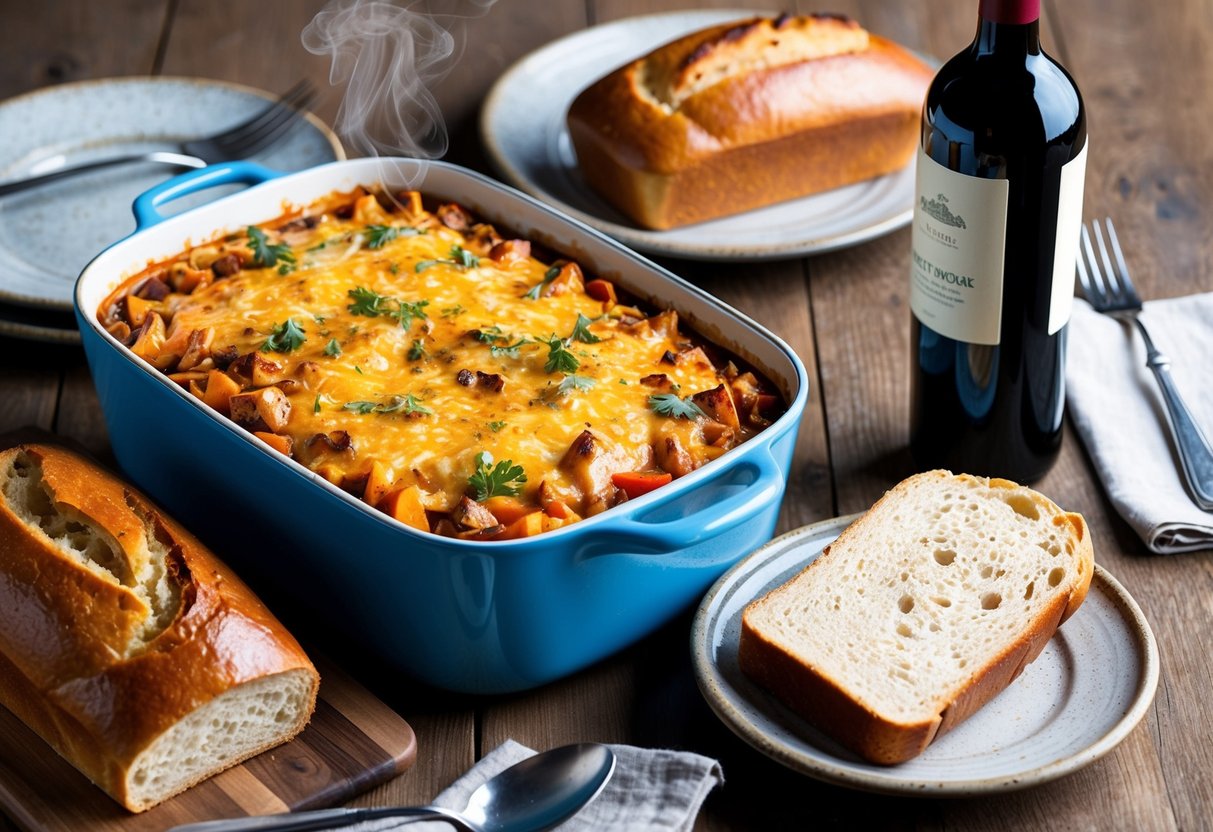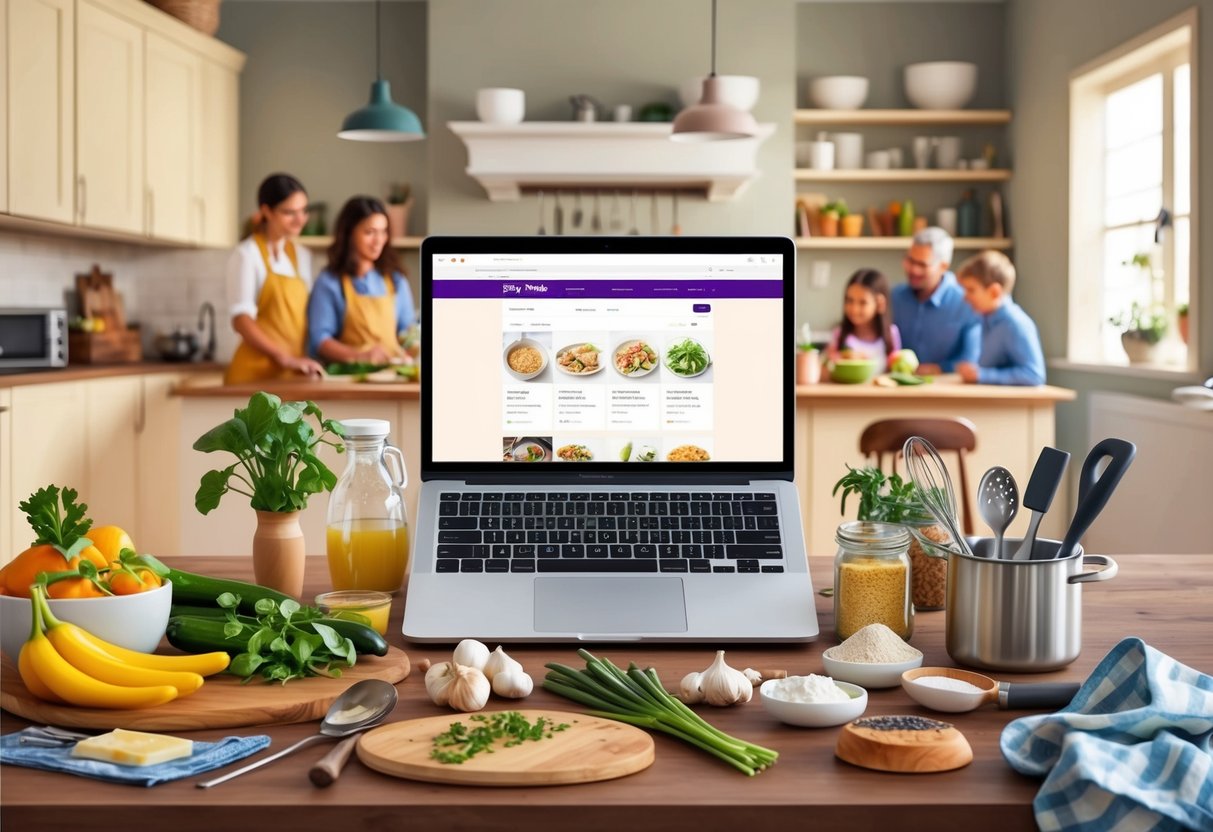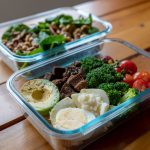
Tips for Perfect Baked Casseroles
Achieving a perfect baked casserole relies on details like dish selection, strategic layering, and correct storage. Paying attention to these practical tips ensures even cooking, the best textures, and convenient make-ahead preparation.
Choosing the Right Baking Dish
The size and material of the baking dish strongly affect the outcome. Glass and ceramic dishes distribute heat evenly and allow for smooth browning, while metal pans heat up faster but may over-brown the edges.
For creamy casseroles with dairy-based sauces, glass or ceramic is ideal to prevent sticking and scorched flavors. Selecting the right size matters too.
Too large, and the casserole may dry out; too small, and it could bubble over. Most classic recipes call for a 9×13-inch dish, which fits most family-sized meals.
Deep dishes allow for more layers and a heartier result, while shallow pans create a crisper topping. If the recipe says to cover or uncover during baking, follow those guidelines for the best results.
Covered casseroles seal in moisture, while leaving them uncovered helps a cheese or breadcrumb topping crisp up perfectly.
Layering and Texture Secrets
How ingredients are layered makes a big difference in taste and mouthfeel. Start with a starch base, such as pasta, rice, or thinly sliced potatoes.
This absorbs excess moisture and keeps the casserole from becoming soggy. Next, add proteins and vegetables, spreading them evenly to ensure every bite is well balanced.
Sauces should be poured evenly so they seep through the layers. For best results, flavor and texture are maximized by alternating dry and wet ingredients.
This prevents mushy spots or parched areas. Topping is also key.
A mixture of shredded cheese, breadcrumbs, or even crushed crackers creates an appealing crust. Bake the casserole uncovered for the last 15-20 minutes to develop a golden topping, as highlighted in many comfort food casserole recipes.
Freezing and Reheating Casseroles
Homemade casseroles can be prepared ahead and stored for convenient family dinners. Cool the dish completely before covering tightly with foil or an airtight lid.
Label with the date and type for easy identification. Casseroles may be frozen for up to three months without losing quality.
When reheating, thaw overnight in the refrigerator for best texture. Reheat covered at 350°F, or until the center is piping hot and safe to eat.
For baked casseroles with a topping, remove the cover for the last 10-15 minutes to crisp it up once more. This approach maintains both flavor and texture for every meal.
If freezing leftovers, separate portions into smaller containers. This will save time and allow for more even reheating.
Many easy real food casseroles adapt well to freezer storage and serve as reliable weeknight options.
Serving and Pairing Suggestions

Hearty casseroles shine even brighter when paired with complementary side dishes and the right desserts. An inviting meal features both savory and sweet elements, creating balance and comfort for family dinners.
Cozy Side Dishes for Casserole Dinners
- Roasted Vegetables: Simple, oven-roasted carrots, green beans, or Brussels sprouts add nutrition and texture. Drizzle with olive oil, sprinkle with sea salt and black pepper, then roast until caramelized.
- Classic Dinner Rolls: Warm, fluffy rolls or crusty bread are perfect for soaking up sauces. Garlic bread adds a savory touch and is easy to prepare alongside most casseroles.
- Salads: A crisp green salad with a tangy vinaigrette helps cut through rich, creamy casseroles. A mix of arugula, spinach, cherry tomatoes, and cucumbers can be tossed together in minutes for a refreshing contrast.
- Mashed Potatoes or Rice: Buttery mashed potatoes and simple steamed rice are comforting bases that absorb casserole sauces well, making the meal feel more substantial and satisfying.
- Pickled or Fermented Vegetables: For extra flavor and a hint of acidity, offer pickled onions or sauerkraut. These can help brighten up the plate and provide a lively contrast to heavy cheese-based casseroles.
Sweet Treats: Cookies and More
Finishing a casserole dinner with fresh-baked cookies is a comforting way to round out the meal. Classic chocolate chip cookies, oatmeal raisin, and snickerdoodles are popular choices.
Serve cookies warm, if possible, for extra coziness. Other quick sweet options include brownies, lemon bars, or a tray of fudge.
If baking from scratch is not ideal, store-bought treats like shortbread or biscotti offer a convenient alternative. For a lighter finish, consider fresh fruit salads with honey and a sprinkle of cinnamon.
Pairing cookies and fruit brings a blend of textures and flavors. If time allows, serve dessert with hot beverages such as coffee or cocoa.
This simple addition can turn a regular dinner into a special family gathering. It brings warmth to the table for everyone.
Privacy and Data Considerations for Online Recipes

Recipe websites collect information about users to improve site functionality and offer relevant content. Data management practices impact how personal information is handled, which can affect privacy, advertisements, and user engagement.
Cookie Policy and Consent
Most casserole recipe websites rely on cookies to personalize the user experience and track site activity. Cookies may store information such as login credentials, saved favorites, and interaction histories to provide seamless access and tailored content.
Consent for cookie usage is typically required when visiting these websites for the first time, with banners or pop-ups asking users to accept or manage cookie preferences. The cookie policy may include details on essential versus non-essential cookies, outlining which data is necessary for site function and which is used for analytics or advertising.
Major platforms like Yahoo often allow users to change privacy settings related to cookies at any time. A transparent cookie policy helps users make informed decisions about their data by listing categories of cookies used and how to adjust preferences.
Websites may also explain the storage duration for different cookie types. They provide contact information for privacy-related questions.



